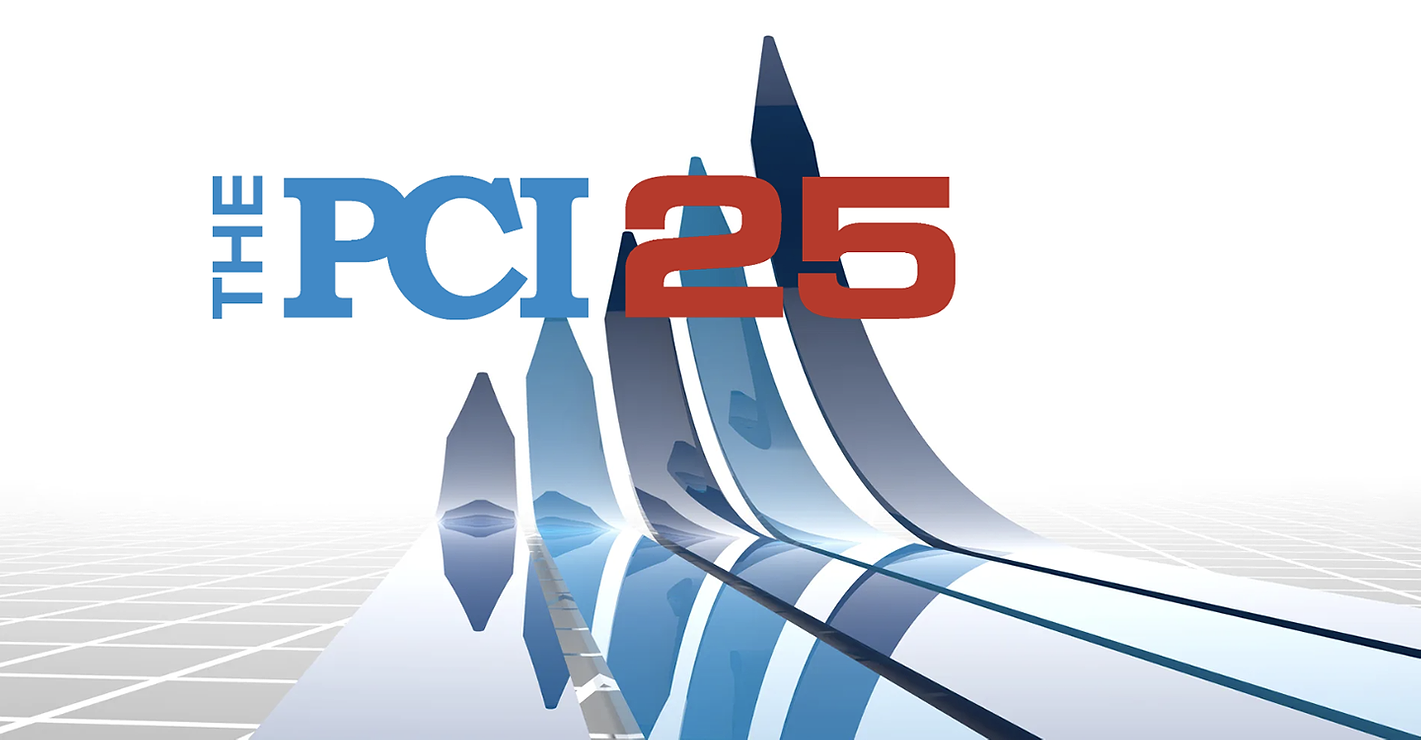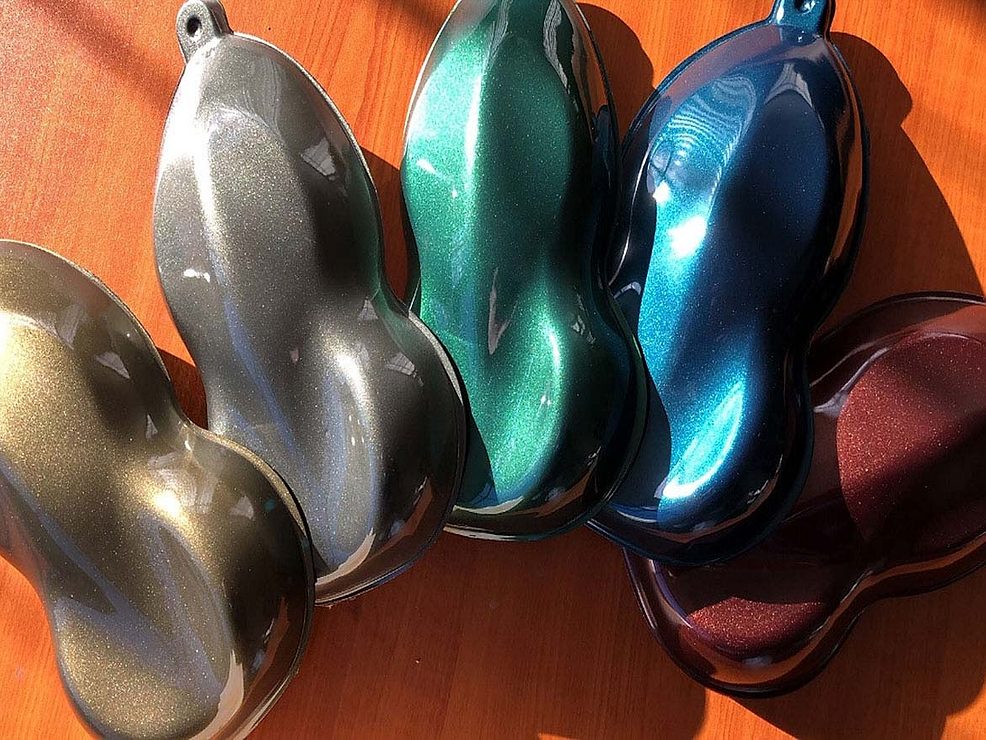Many articles have been written about the demise of the relationship between automotive manufacturers and suppliers. Evidence of this demise is seen in the steadily increasing frequency of bankruptcies. Suppliers are also directed to achieve cost reductions of 5% every year or potentially lose important business. These issues, combined with a potential slowdown in automotive sales, are forcing both suppliers and manufacturers to develop new business models. These models have the challenging task of improving the profitability of the business while continuing the drive toward higher quality at lower cost.
Over the last five years, a new business model has been gaining momentum overseas. From Brazil to France, successful supplier-owned and -operated facilities for car bodies and parts have proven viable. The most successful cases have been created within a supplier park setting where only the final assembly of the vehicle is performed by the automotive manufacturer. In this example, the body shop, body painting, plastic parts and major assemblies are delivered just-in-time and in sequence to point-of-use in assembly by supplier-owned and -operated facilities.
The greatest impact on an automotive manufacturing facility's uptime comes from managing the timely delivery of the components to the assembly plant. The goal of realizing a true part "pull system" can be achieved: parts are "pulled" as needed from supplier park to the assembly line, enabling significant reductions in building size, storage space and inventory costs. The less-efficient and less-flexible "push system" where suppliers deliver large multicolor shipments in bulk can be phased out.
In one example, the paint-shop partner purchases the raw body, paints it and sells it back to the manufacturer. The amortized cost of the equipment, building, land purchase/lease, paint, chemicals, labor, interest and of course profit is included within the unit price differential. At first glance, this might appear as a clever way for the automotive manufacturer to share its business risk with the suppliers. But when such an agreement is properly structured, the risk is minimized.
As a supplier interested in this model, one must first identify an appropriate partner or customer. First, there needs to be a level of trust between the two parties, hence a true "partnership." The ideal partner is one that understands the core reason for the success of this model: relying on a supplier's best business practices and standards to achieve a defined and measurable result or paint quality. A company short on cash and using this business model as a way to fund growth off their balance sheet is a dangerous fit.
In the past, purchase decisions were heavily skewed toward lowest initial investment cost, with little regard for operating and ownership costs. With this new model, the total cost of ownership is the only true barometer. If a technical innovation with higher cost saves a greater value of energy and chemicals over the life of the contract, the equipment investment will clearly be made. Also, if a supplier can utilize a standard product that is efficiently manufactured to its own specifications, this will not only reduce the costs but also increase reliability. The use of these standard products allows one to collect a large statistical sample of operating data from which clear performance improvements and efficiencies can be realized.
There are obstacles to realizing such a partnership. Venture capital or financing must be secured. Guarantees for minimum vehicles purchased must be defined. Despite these challenges and frequent concerns related to liabilities, this new style of partnership has proven extremely effective in several operating facilities around the world. The automotive manufacturer will also realize many benefits, including a higher level of cost control over the life of a vehicle, the transfer of labor management to the supplier base and the ever-appreciated off-balance-sheet investment. As long as the two partners are strong, this business model will bring advantages that are shared between manufacturer and supplier by rewarding ideas and innovation and placing the highest value on efficiency.



